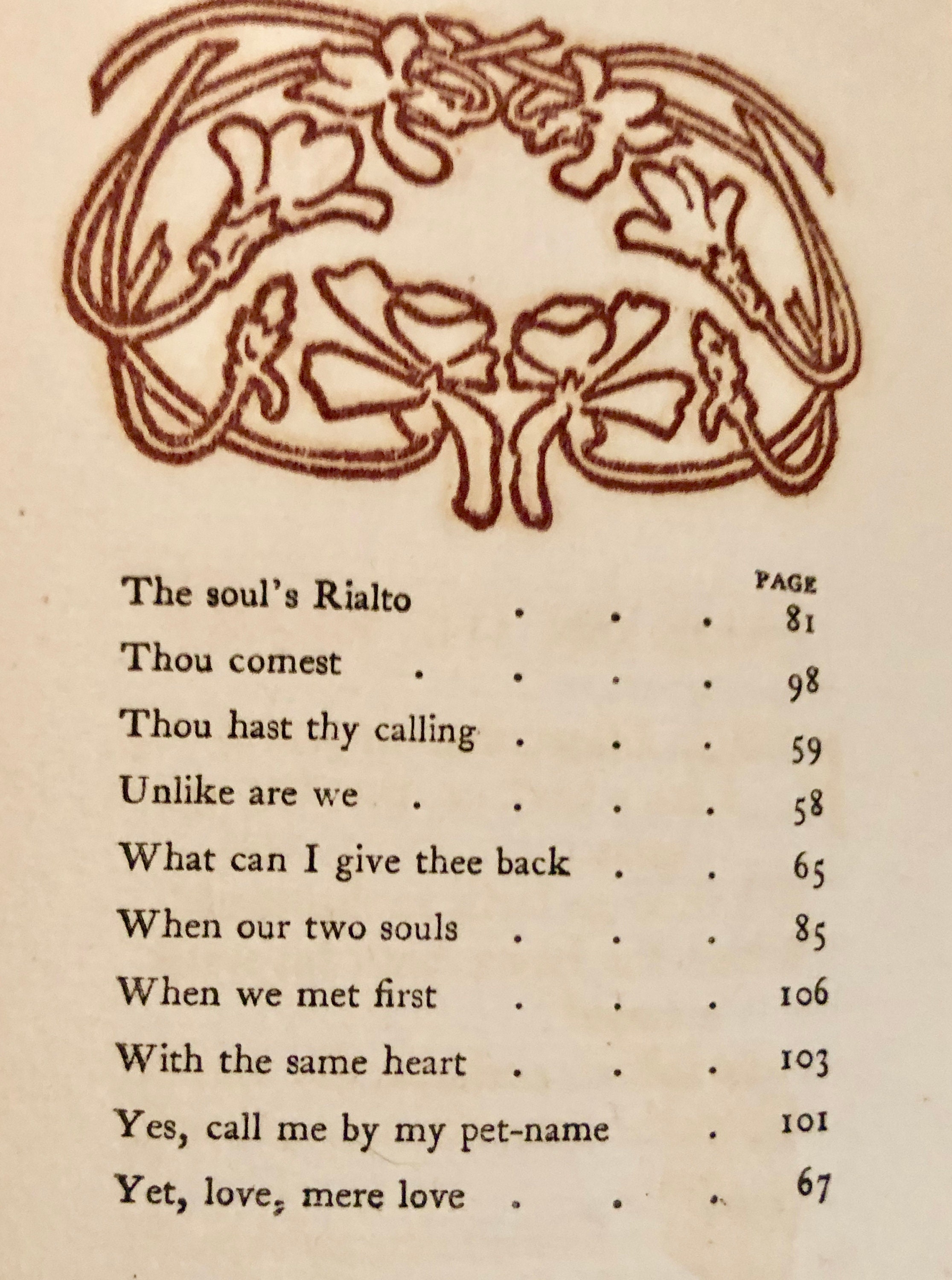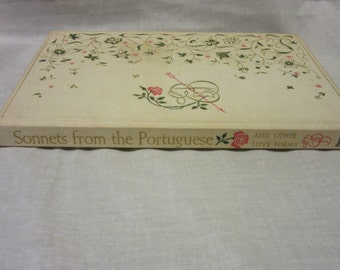
In terms of its form, ‘Beloved, thou hast brought me many flowers’ is a Petrarchan or Italian sonnet.īut unlike Petrarch’s medieval sonnets in the courtly love tradition, the relationship between the man and woman has been consummated in Barrett Browning’s poem. ‘ Beloved, thou hast brought me many flowers’.Īnother of Elizabeth Barrett Browning’s Sonnets from the Portuguese, is a fine love poem about her courtship and eventual marriage to her fellow poet, Robert Browning. My soul can reach, when feeling out of sight I love thee to the depth and breadth and height

How do I love thee? Let me count the ways. It’s a little-known fact that the first ever sonnet sequence in English was written by a woman, and throughout history the sonnet sequence has tended to be associated with male poets: Petrarch, Sir Philip Sidney, Shakespeare, George Meredith.Īnd although Barrett Browning’s title sounds as though she is translating poems written by some Portuguese sonneteer, that title Sonnets from the Portuguese was in fact a little in-joke: ‘Portuguese’ was Robert’s affectionate nickname for Elizabeth, so these sonnets are from her and her alone: sonnets from Robert’s beloved ‘Portuguese’. The poem was first published in a sonnet sequence, Sonnets from the Portuguese, in 1850, though the poems that make up the sequence were written around five years earlier. This is a love poem written about Barrett Browning’s own beloved, Robert. ‘ How Do I Love Thee? Let Me Count the Ways’.


Follow the link above to read the full poem.


 0 kommentar(er)
0 kommentar(er)
